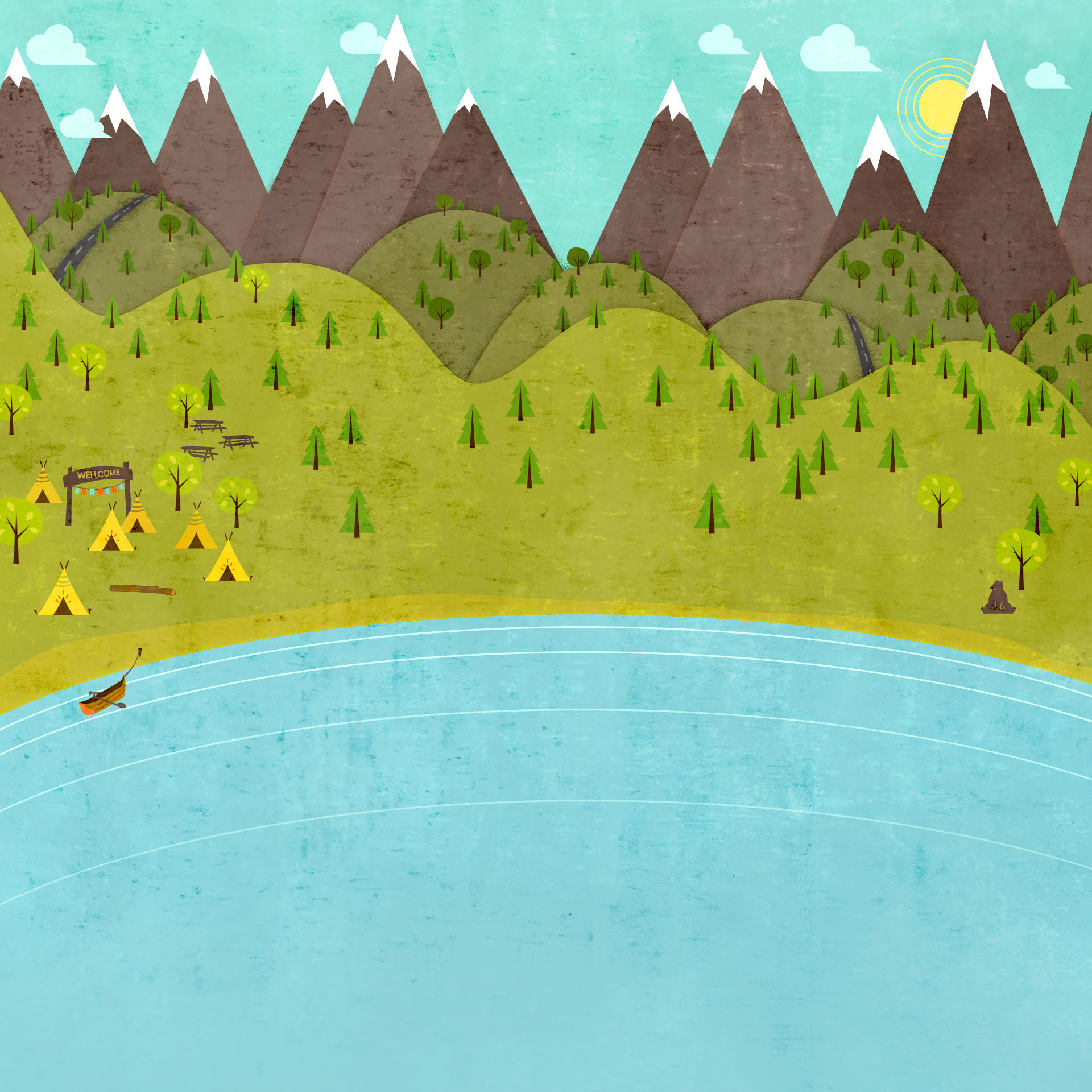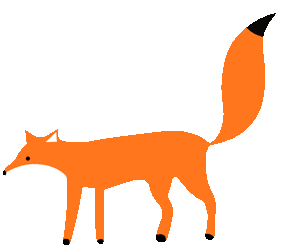
7th Grade Science @ HMS
Dolan's
SCIENCE NINJAS


Minerals and Rocks
SPI 0707.7.1 Use a table of physical properties to classify minerals.
SPI 0707.7.2 Label a diagram that depicts the three different rock types.
SPI 0707.7.3 Identify the major processes that drive the rock cycle.
Click on the icons below to view the PowerPoints we use in class.

Mineral Identification
There are 8 physical properties of minerals that we use to identify them. They are:
-
Color - not very reliable to identify but can exclude minerals.
-
Luster - the way a mineral reflects light.
-
Streak - the mineral in its powdered form.
-
Hardness - the minerals ability to resist being scratched.
-
Cleavage - minerals break with a smooth, flat surface.
-
Fracture - minerals break with a rough or curved surface.
-
Density - the mineral's mass divided by its volume.
-
Special Properties - properties only some minerals have but that can identify them.
-
Fluorescence - minerals glow under blacklight.
-
Magnetism - minerals are magnetic.
-
Chemical Reaction - bubbles when acid is applied.
-
Optical Properties - Cause double image.
-
Radioactivity - causes reaction of a Geiger counter.
-
Taste/Smell - minerals that have distinct taste or smell.
-

Mohs Hardness
Scale Mnemonic
That Girl Can Fly Across Oceans Quietly Trailing Cosmic Dust.
1. Talc 2. Gypsum 3. Calcite 4. Fluorite
5. Apatite 6. Orthoclase 7. Quartz
8. Topaz 9. Corundum 10. Diamond

The Rock Cycle
Igneous rocks form when magma or lava cools and solidifies. Igneous rocks from lava that cool on the surface of the Earth are called extrusive igneous rocks and they are very fine grained (small grains) because they cooled quickly so the grains did not have a lot of time to grow before they cooled. Igneous rocks from magma that cool inside the Earth are called intrusive igneous rocks and they are very coarse grained (large grains) because they are insulated inside the Earth and cool very slowly so the grains have time to grow bigger.
Sedimentary rocks form when rocks are weathered into small pieces and then transported, through erosion, to a lake or ocean. These sediments are deposited at the bottom of the body of water and form layers, called strata. The top layers push down on the lower layers and minerals, such as calcite, glue the sediments together. This process is know as compaction and cementation. We have a lot of sedimentary rock in Tennessee in the form of limestone. This is because at one time, millions of years ago, Tennessee was at the bottom of a shallow sea. You can see this when you are driving and see a road cut. Look for the layers the next time you are in the car.
Metamorphic rocks form when any kind of rock is pushed deep into the Earth. Heat and pressure partially melt the rock and change it into a different type of rock. Some metamorphic rocks have bands or stripes and are known as "foliated". Different minerals melt at different temperatures so it causes the same minerals to group together into these bands. As you can see in the picture above, sometimes these bands are folded and bent due to the pressure while they are still soft. Metamorphic rocks can also form around magma chambers because of the high heat involved. This is know as "contact" metamorphism.
Click on the picture above to watch a video on the rock cycle. This is a really cool video that explains how the rock cycle works. It is made by students at MIT (Massachusetts Institute of Technology). They do a great job of making it easy to understand while keeping it fun and interesting.





